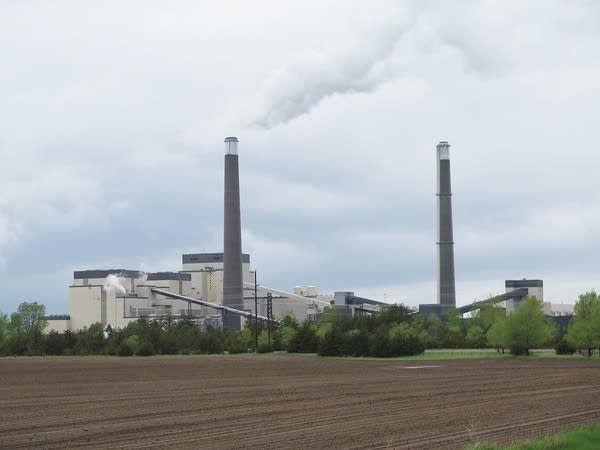Walz calls for 100 percent carbon-free electricity by 2040

The Sherburne County Generating Station dominates the skyline near Becker, Minn.
Kirsti Marohn | MPR News 2019
Go Deeper.
Create an account or log in to save stories.
Like this?
Thanks for liking this story! We have added it to a list of your favorite stories.


